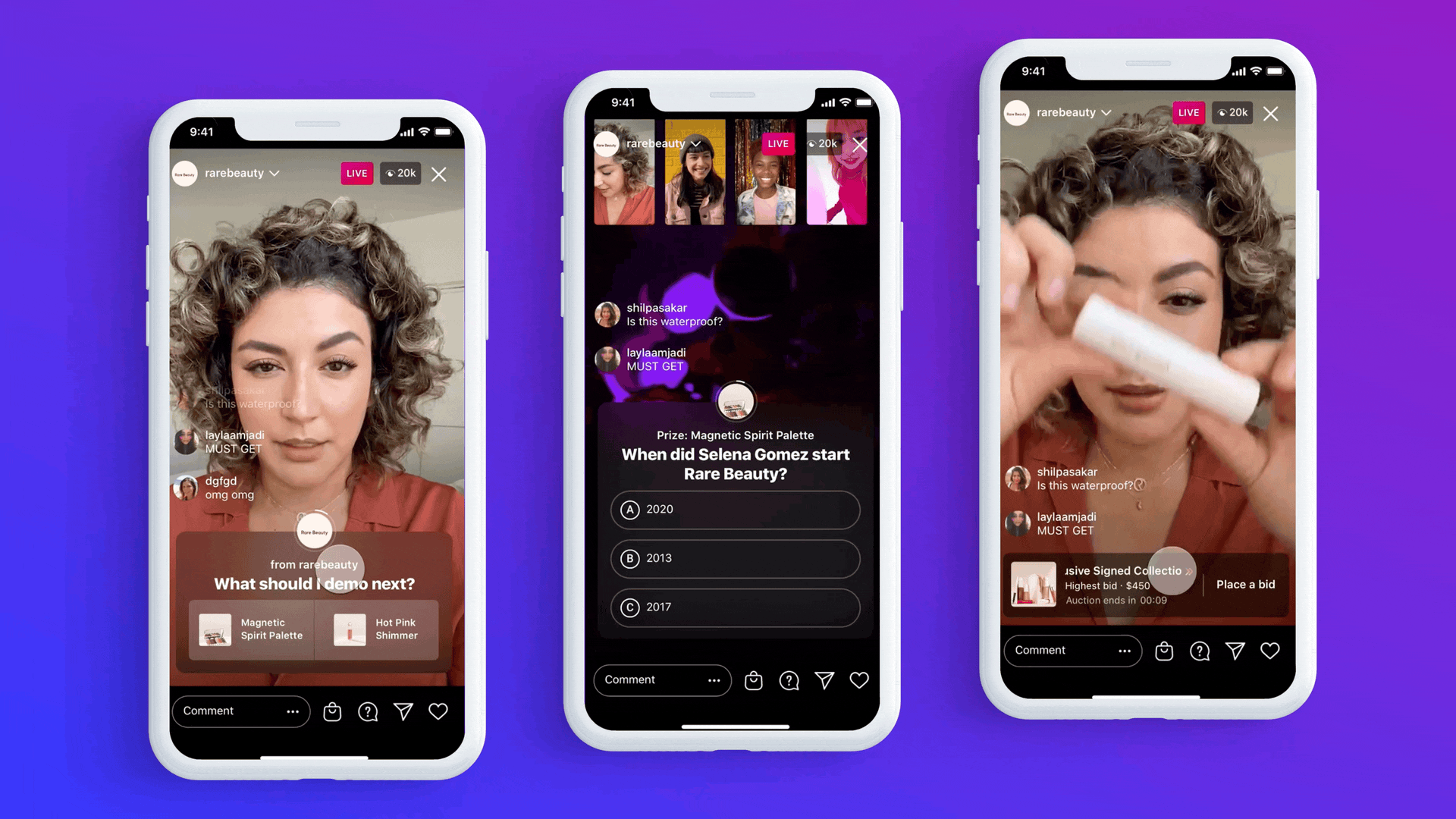At the advent of a new epoch, we are witnessing a seismic shift in e-commerce and the retail sector as live shopping comes into its own. This unique combination of immediate gratification, social interaction, and digital convenience challenges established norms, paving the way for a thrilling new age of consumer and commercial engagement.
A Blend of Technological Innovation and Human Interaction

Post-COVID-19, live shopping has emerged as a groundbreaking model that has shaken the foundation of traditional retail. Key e-commerce platforms and social media behemoths have swiftly evolved to become live shopping centers where consumers interact and transact based on the content they view.
A stellar instance of this trend is seen in China, where popular influencer Viya hosted a livestream as part of Taobao’s Singles Day 2019 sales event. This landmark event attracted more than 43 million customers, illustrating the tremendous potential of live shopping. This convergence of technology, influencer culture, and e-commerce has been on a rapid upward trajectory since then. China, with trailblazers like Alibaba’s Taobao, is spearheading the live shopping trend, closely followed by platforms like Pinduoduo, Douyin Mall, Amazon, and YouTube.
The market size of live-streaming e-commerce in China was a staggering 120 billion yuan in 2018 and is projected to reach a whopping 4.92 trillion yuan by 2023. As the world moves beyond the pandemic, live shopping continues its upward trajectory, with China aiming to establish Shenzhen as a global live-streaming e-commerce hub by 2025.
In this fresh era of social commerce, influencers have taken center stage, shaping consumer behavior and brand interaction. Notable instances include partnerships such as TikTok and Shopify, who have ushered in the era of shoppable video ads, introducing new channels for brand engagement and revenue generation.
Live Video Shopping: Revolutionizing Retail
A Tech-Social Blend Live shopping thrives on a unique mix of technological innovation, the influence of social media, and the sense of community and exclusivity it provides. By melding the convenience of e-commerce with the sociability of offline shopping, it addresses the social experience gap, bringing the traditional in-store sales experience to the digital realm and analyzing effectiveness and consumer behavior in a new light.
Live commerce coexists with traditional e-commerce, serving different audiences and purposes – while live commerce excels in product discovery and trials, traditional e-commerce caters to regular replenishment and need-based purchases. Brands are recommended to leverage both these forms to ensure optimal success.
However, with modern consumers’ pursuit of immediate gratification, live video shopping has swept the retail industry off its feet. This inventive strategy transcends mere transactions, employing live video shopping to enhance user experiences, boost engagement, and foster social trust. It also provides real-time purchasing opportunities, higher engagement, and a window for early adopters to garner benefits.
The Future of Online Shopping

Driven by tech advancements and increasing consumer preference for online shopping, the skyrocketing growth of e-commerce is estimated to reach an incredible $5.4 trillion by 2022. In this revolution, live shopping stands at the forefront, necessitating businesses to stay current with these trends to thrive in this novel retail landscape.
Live Shopping’s Global Footprints has made substantial inroads in Southeast Asia, where nearly half the population tunes into live shopping streams weekly. The APAC region, being the largest e-commerce market, recorded nearly $2.992 trillion in sales in 2021. Indonesia, with 93% of shoppers making mobile purchases, is particularly active in mobile-first e-commerce.
mCommerce is predicted to maintain its popularity surge in the APAC region and worldwide, with an annual growth rate of 7.98% forecast by 2025. Rapid urbanization, technological advancements, government initiatives, and effective marketing strategies are among the key drivers for this growth.
The Success of Live Shopping
Melding Technology with Human Interaction, two key innovations shaping the live shopping industry are virtual try-ons with AR or VR technology and the use of AI for personalized recommendations and virtual shop assistants. This blend of technology and human interaction is overhauling the way we shop, offering a personalized, dynamic, and immersive shopping experience.
The Reach across Industries
While retail is the primary beneficiary, live shopping is gaining ground in other sectors, including healthcare. South Korea, in particular, has embraced live shopping for categories like apparel and beauty products, with YouTube being the preferred platform. The country witnessed a seven-fold growth in live stream shopping sales from 2020, reaching 2.8 trillion South Korean won in 2021, and it’s expected to touch 10 trillion won by 2023.
Also read: SquareX Sets a New Standard for Cybersecurity with Its Revolutionary Browser-Based Product
Looking to the Future
Live shopping is redefining the future of retail. With rapid advancements in AI and AR/VR technologies, the rise of mCommerce, personalized customer experiences, and the integration of social elements with e-commerce, the line between online and offline shopping is set to blur even further. As this trend evolves, businesses need to adapt and innovate to remain competitive in this new-age retail landscape.
As we look ahead, the future of e-commerce is not just about transactions; it’s about crafting an immersive, interactive, and engaging experience that redefines how consumers shop and brands sell.















